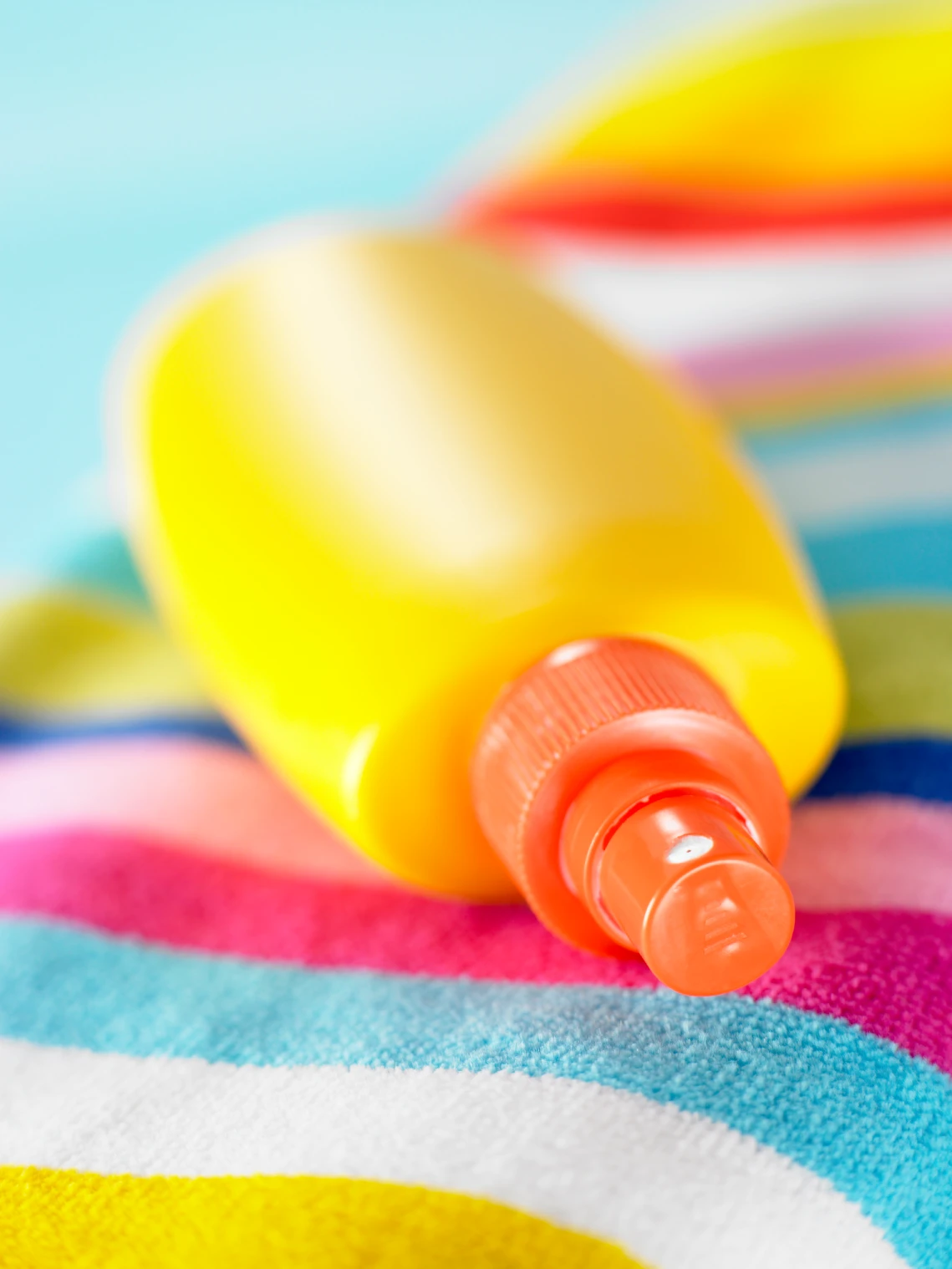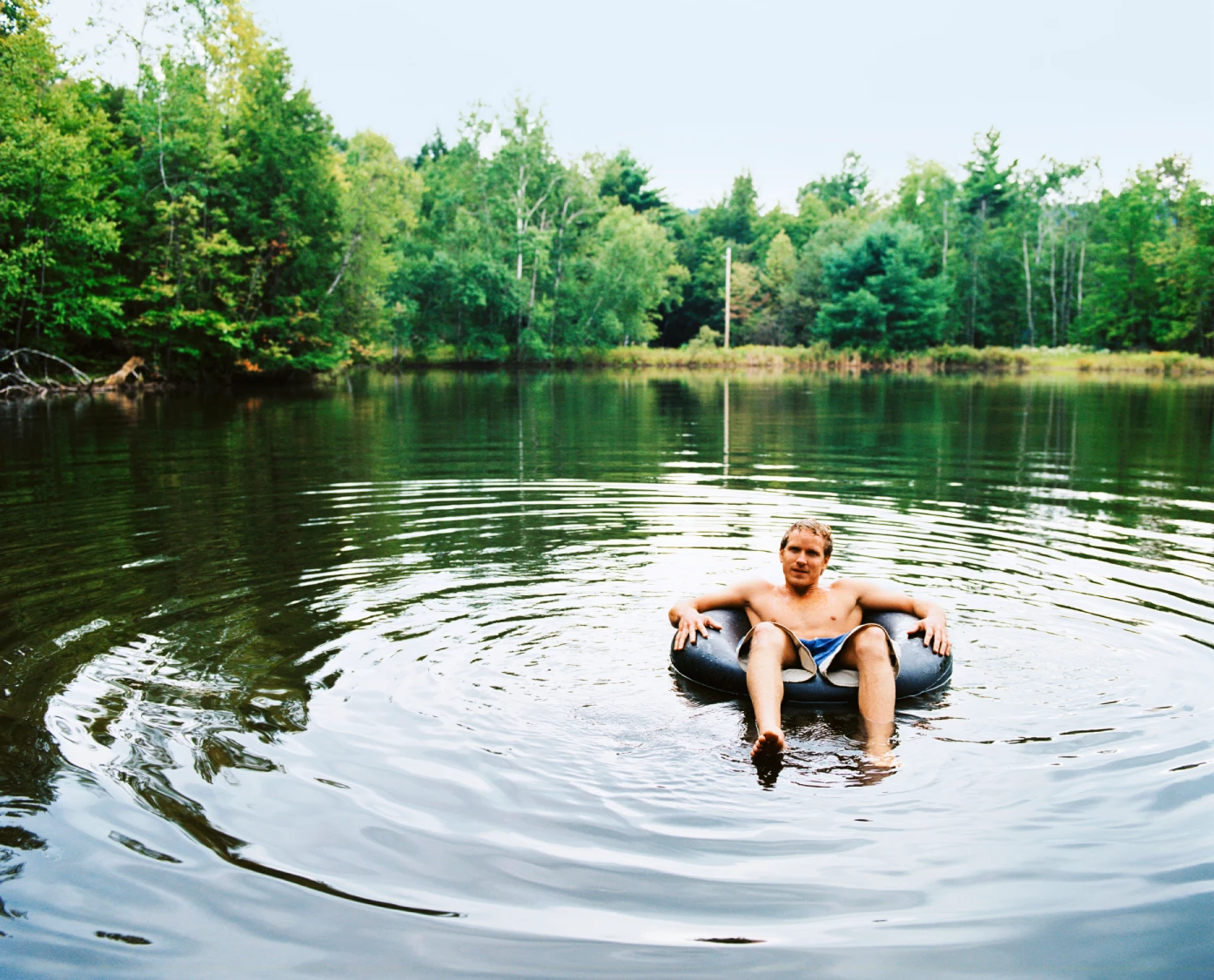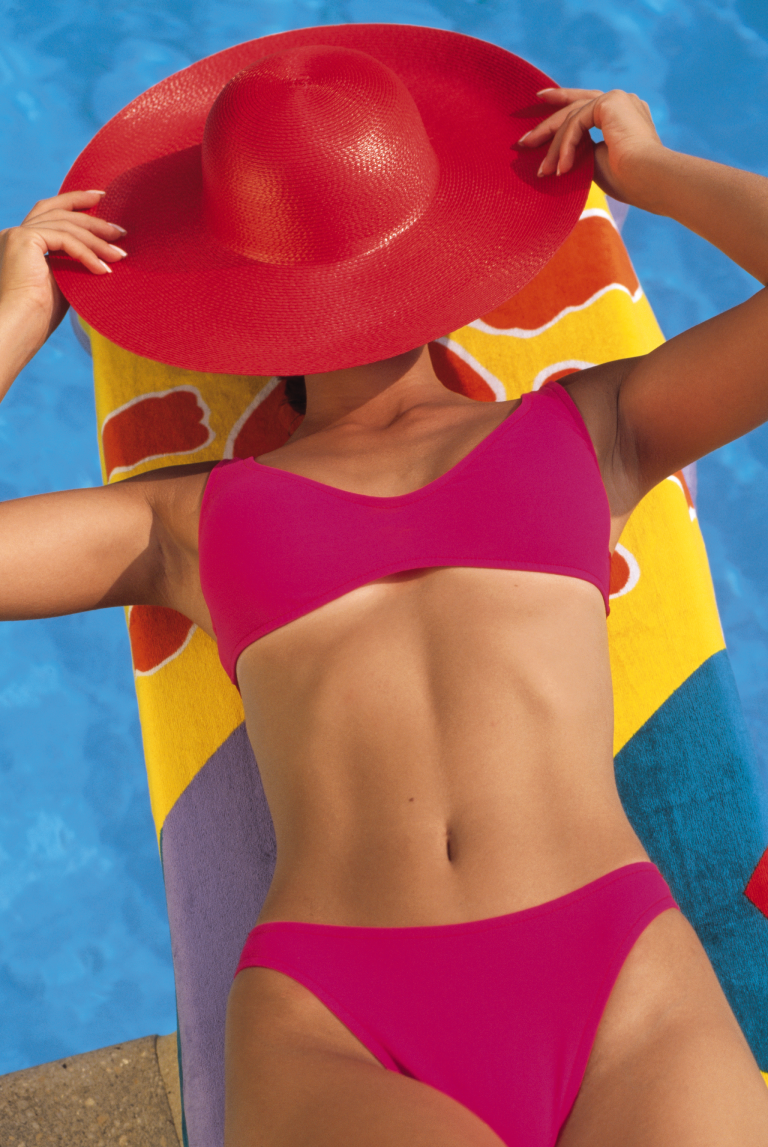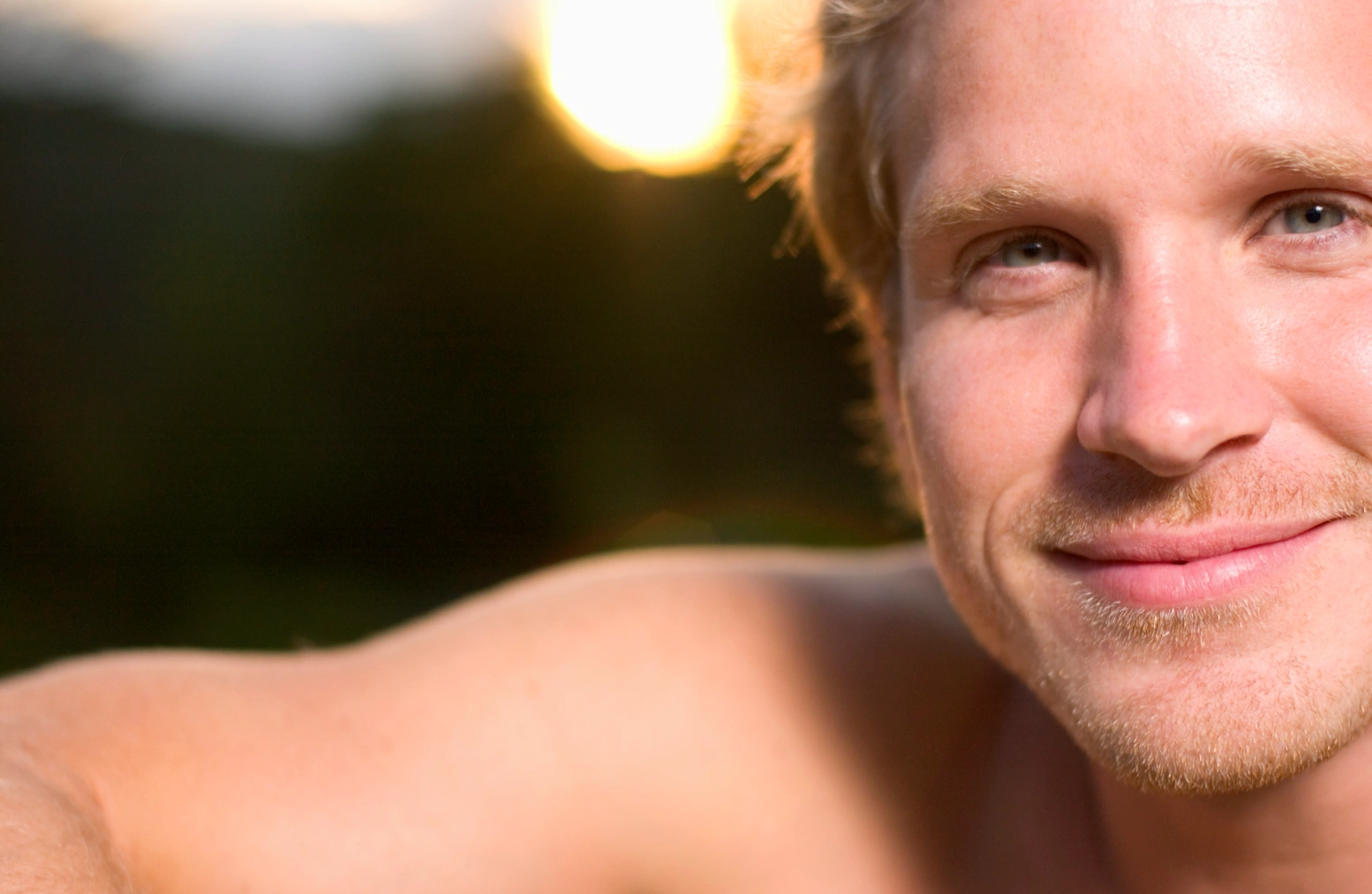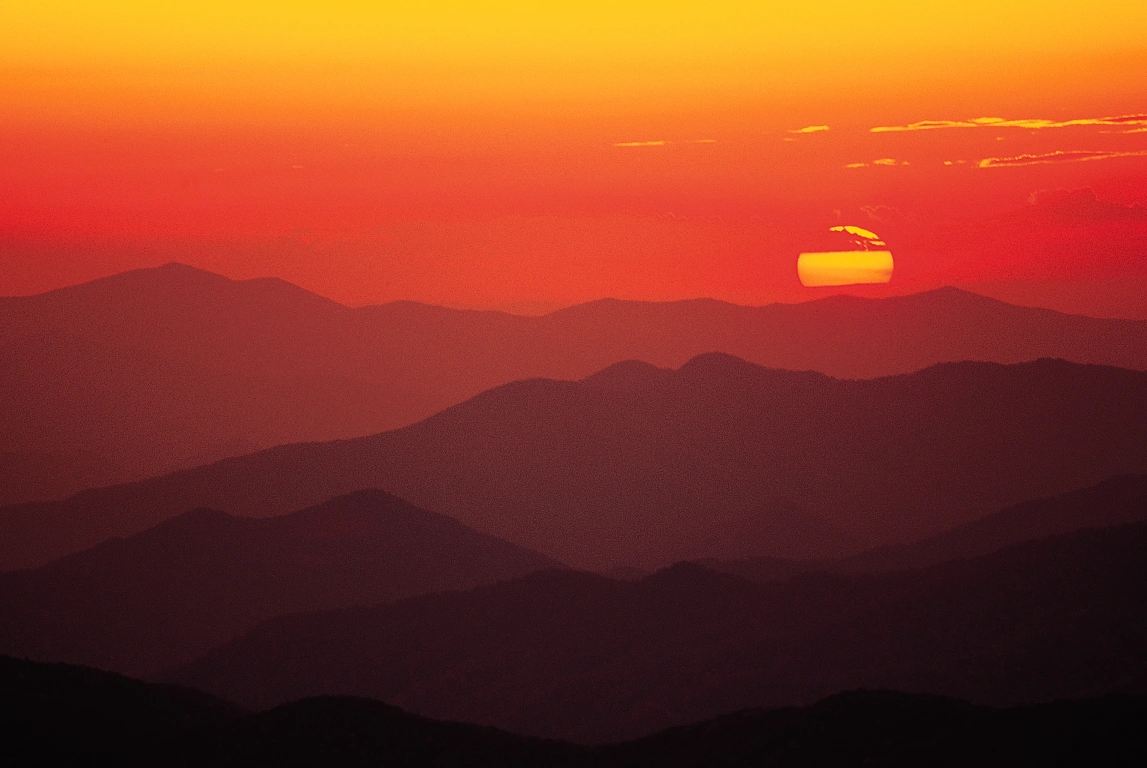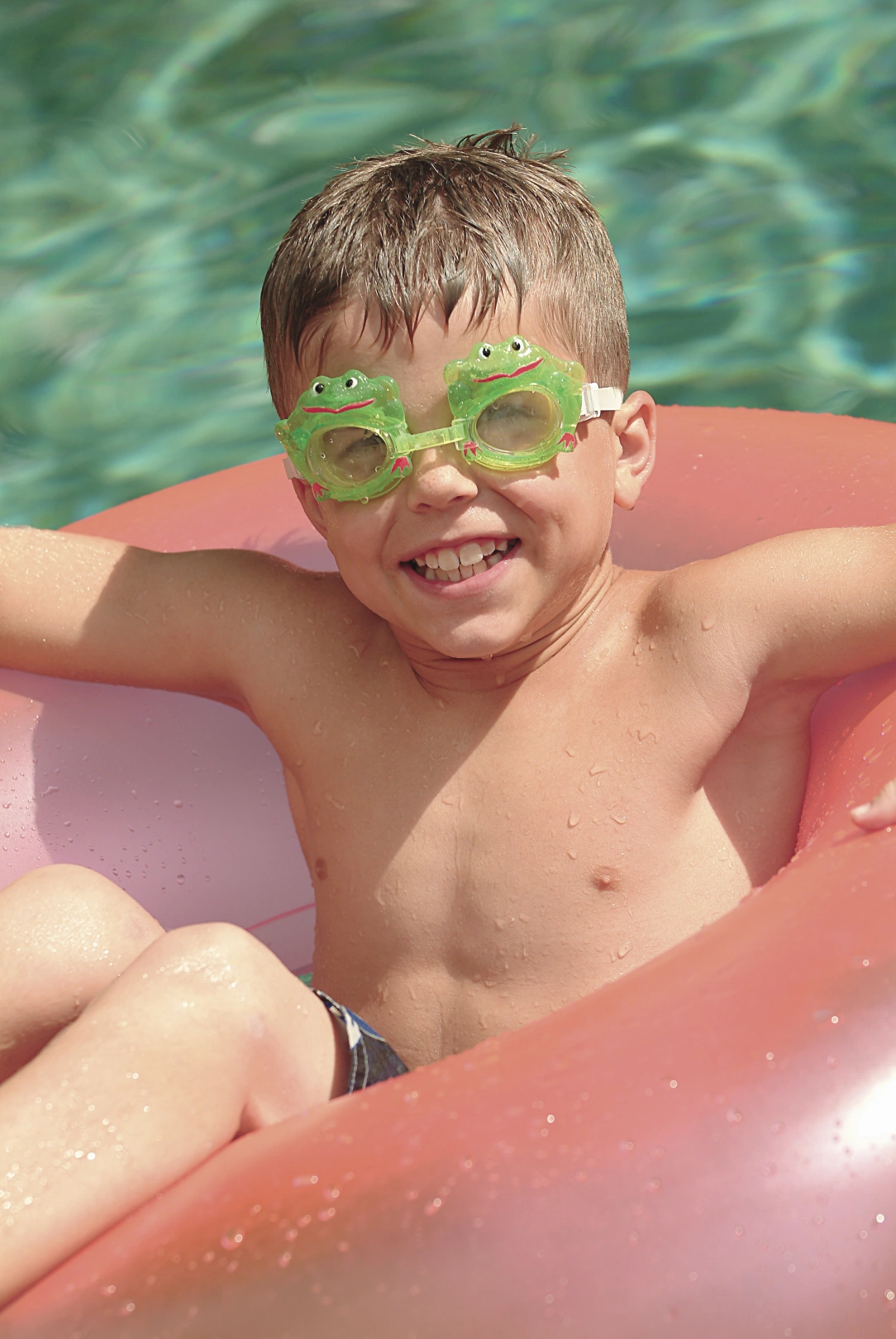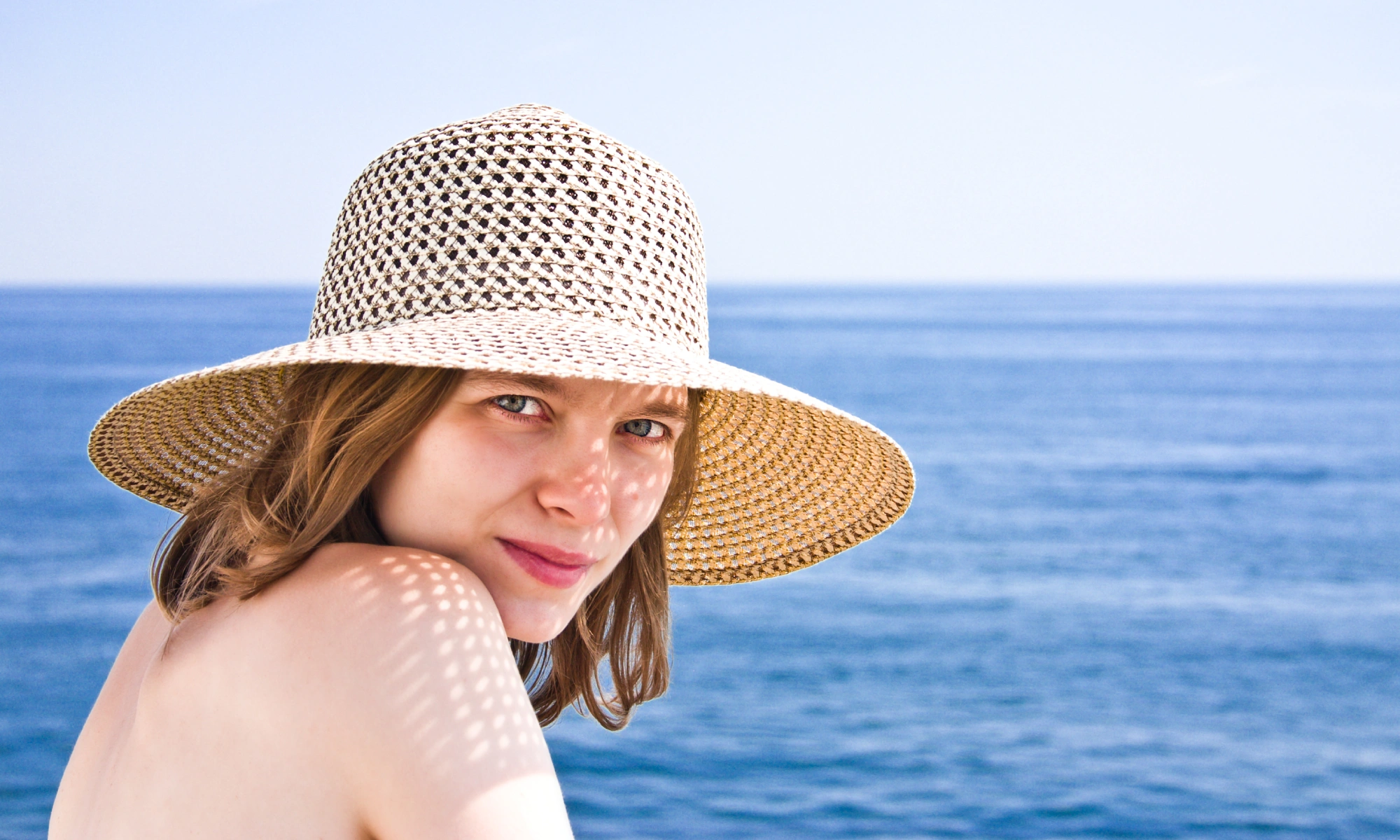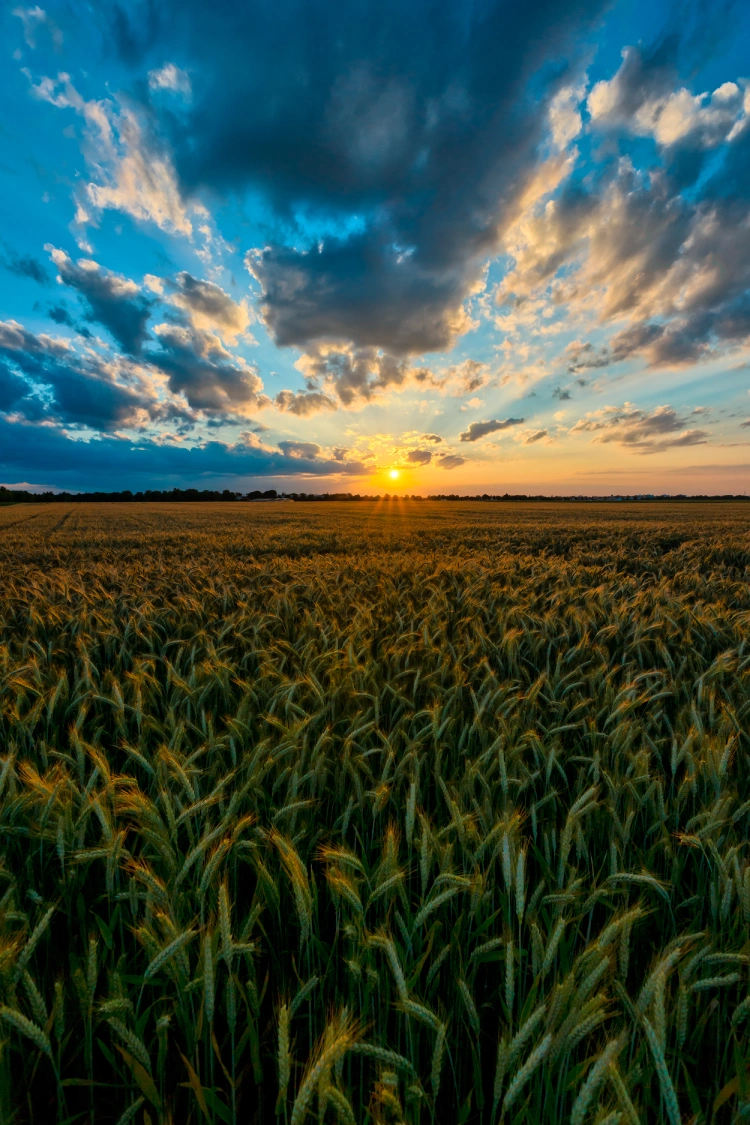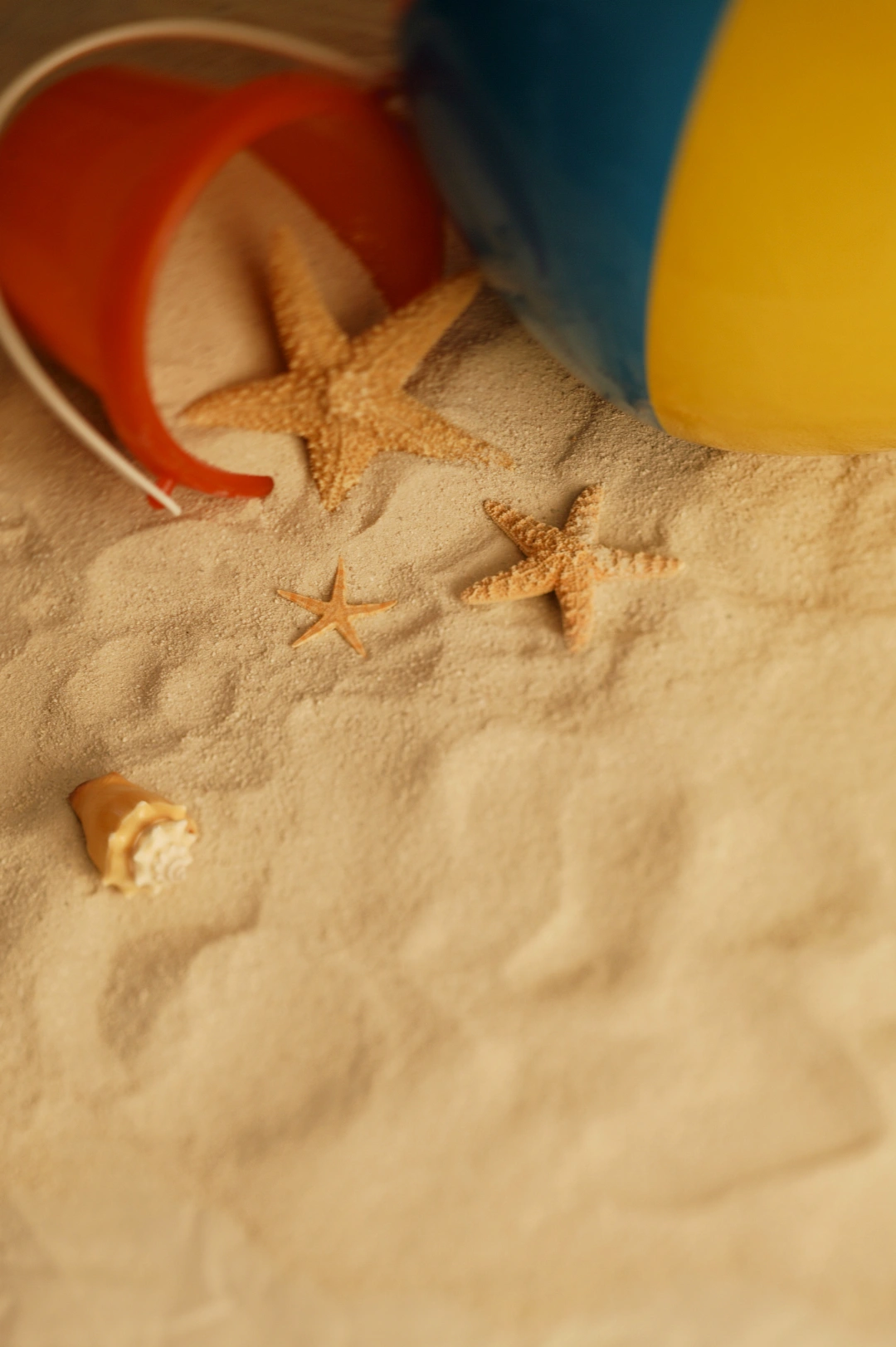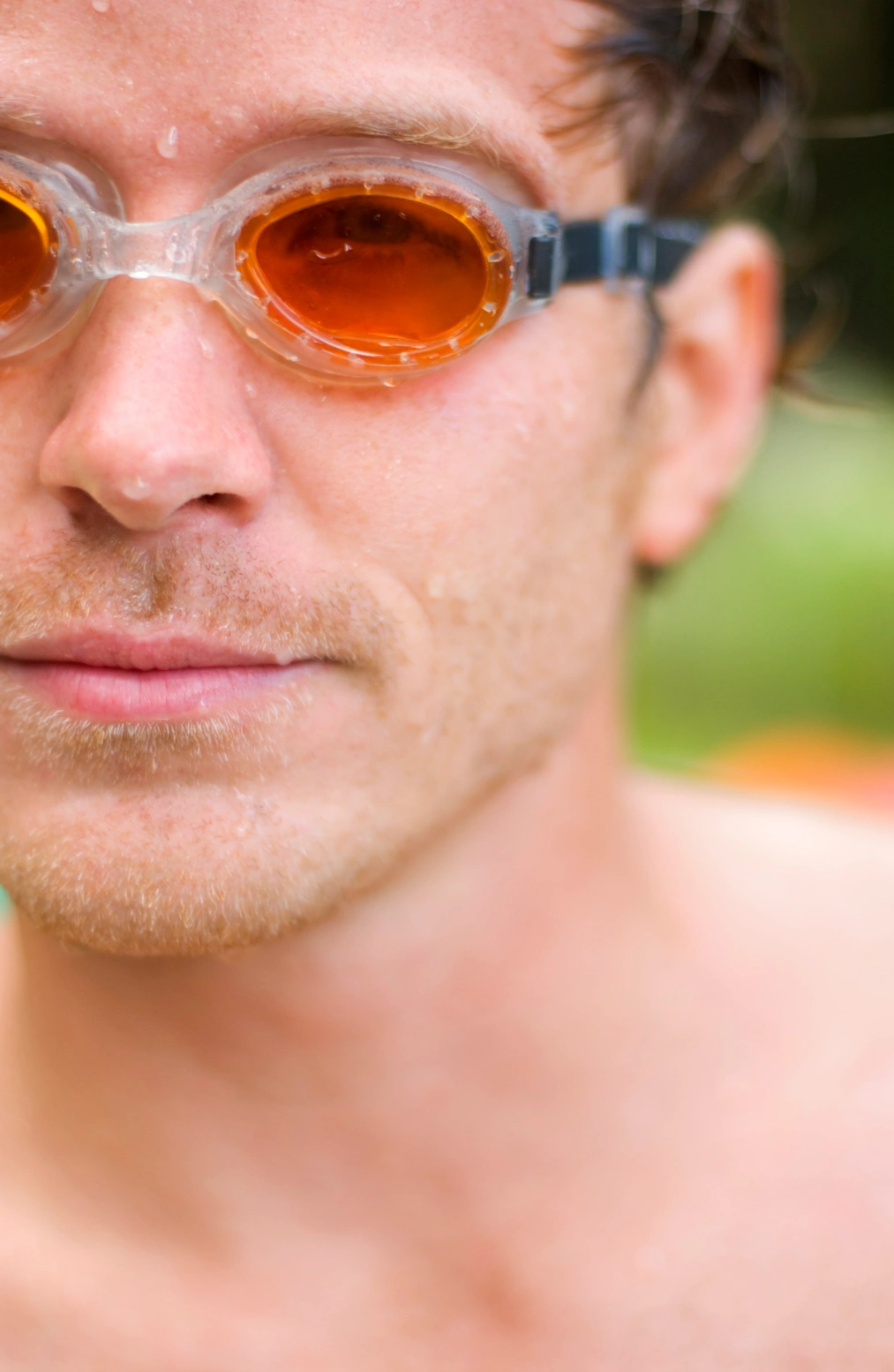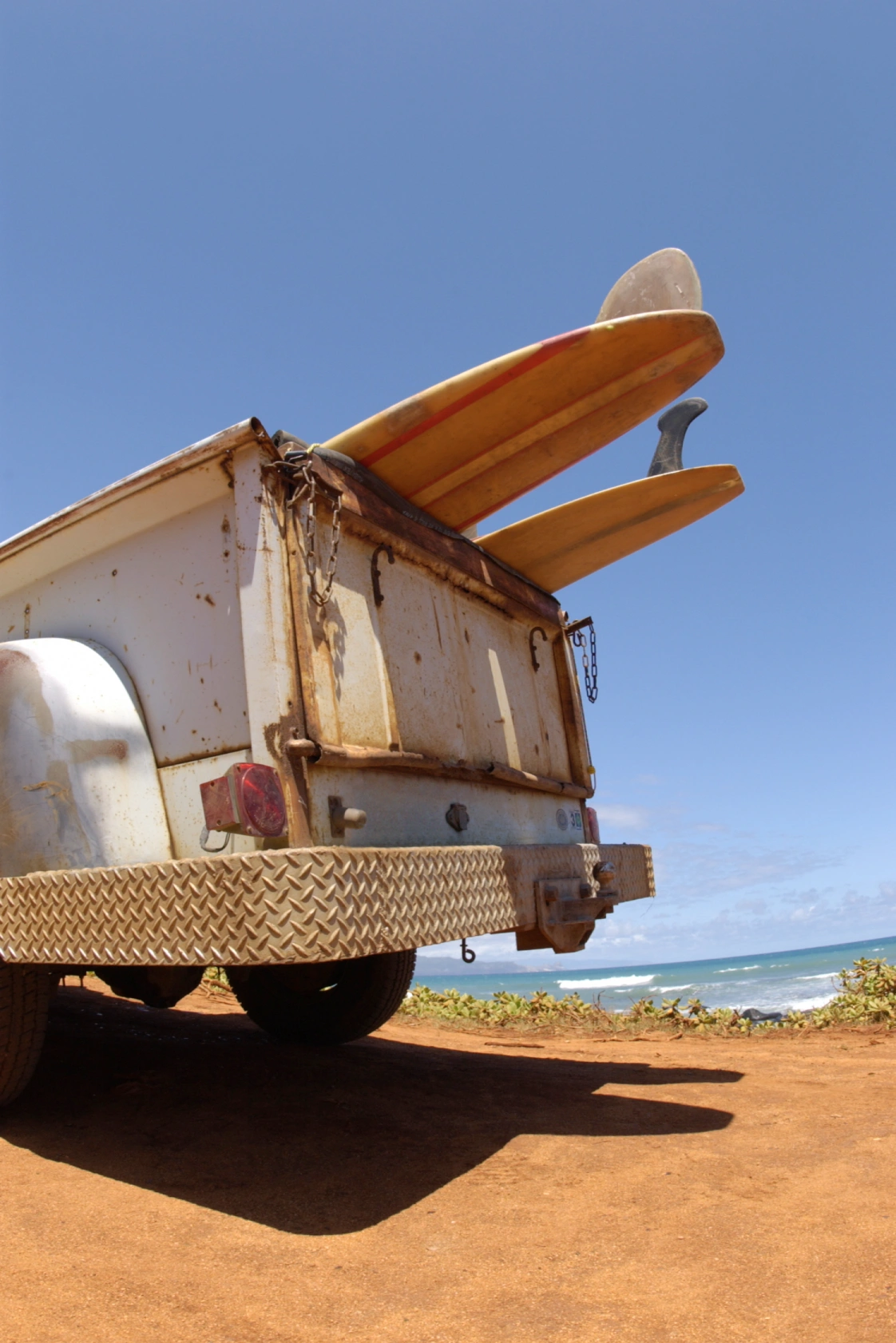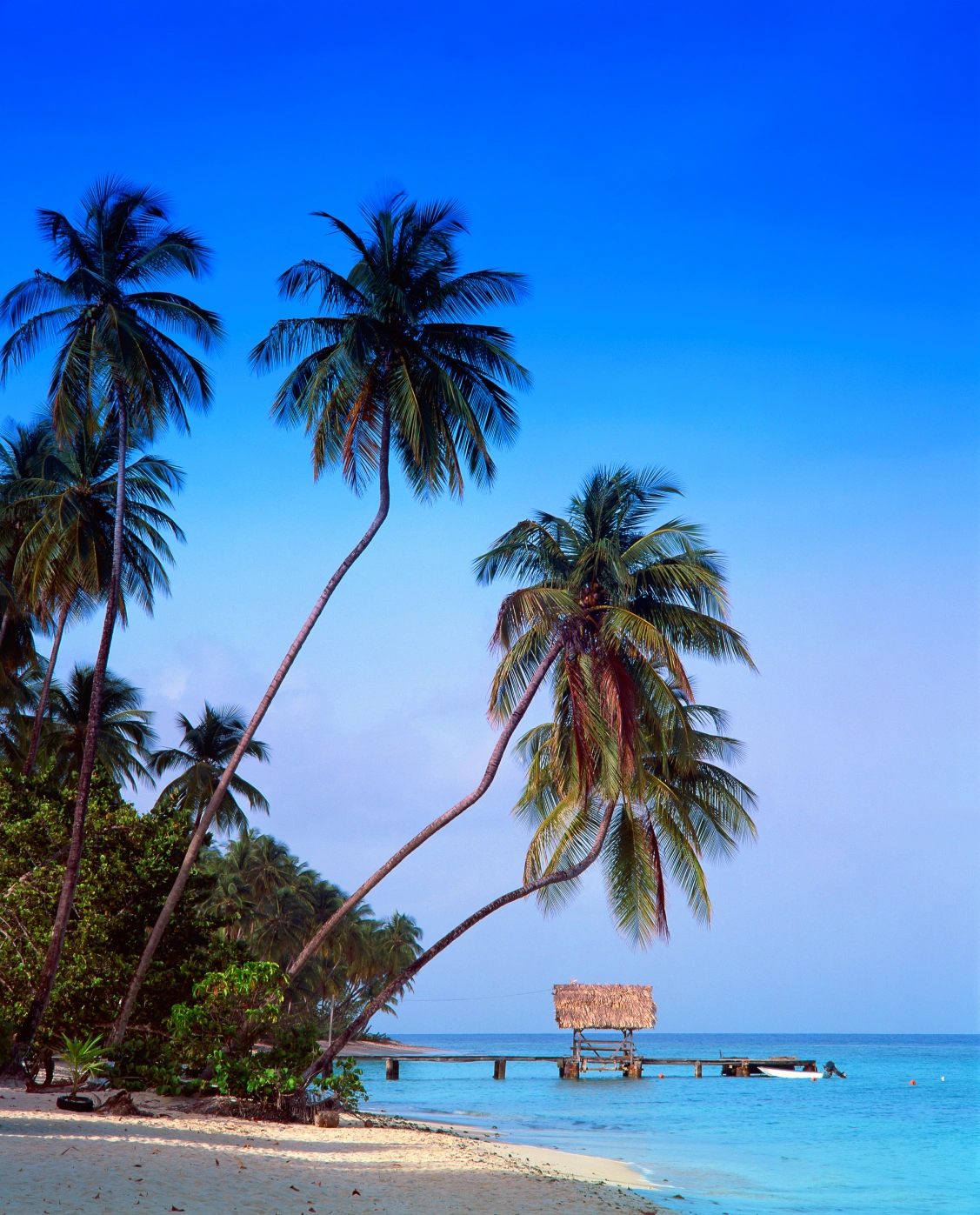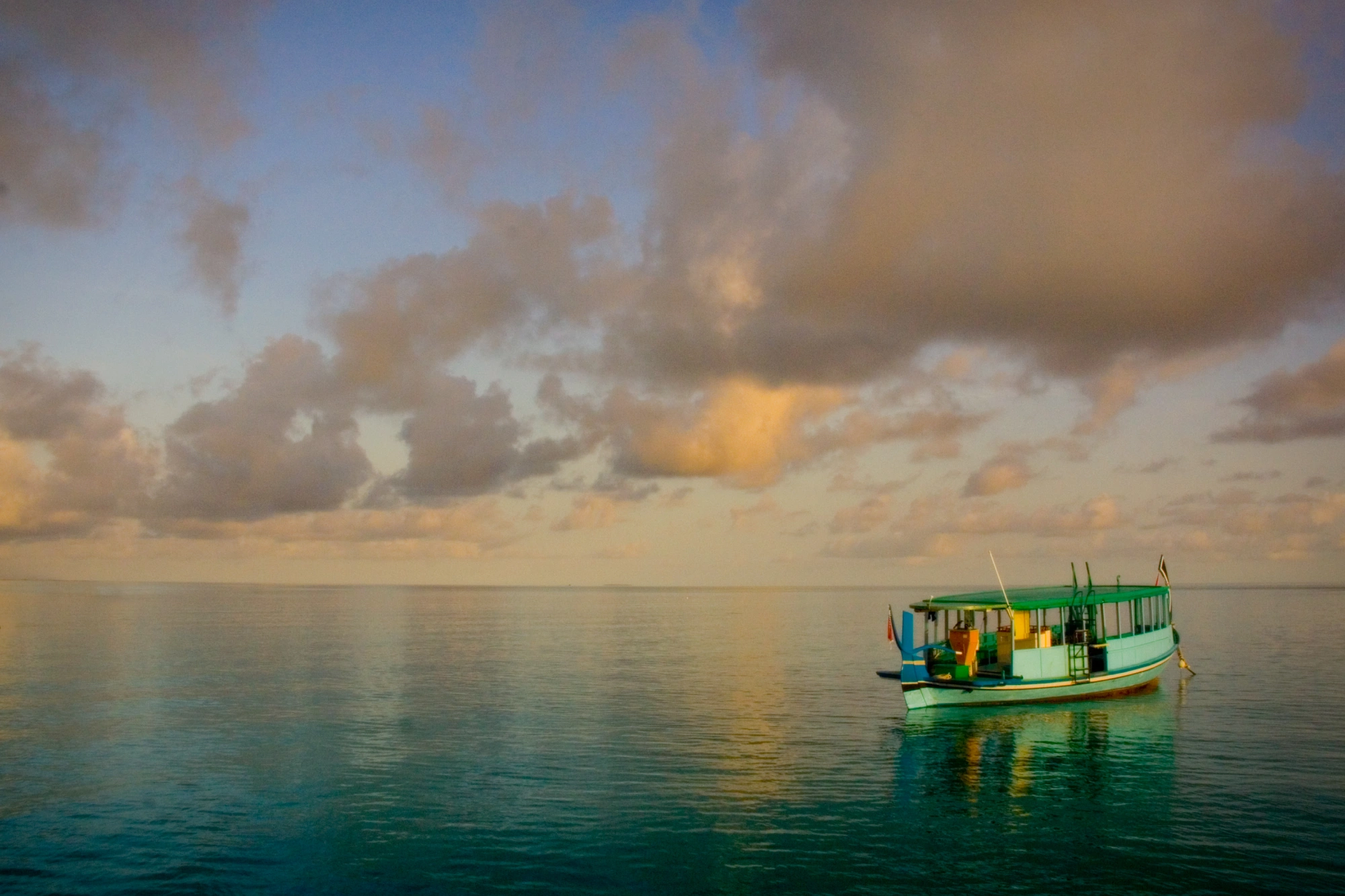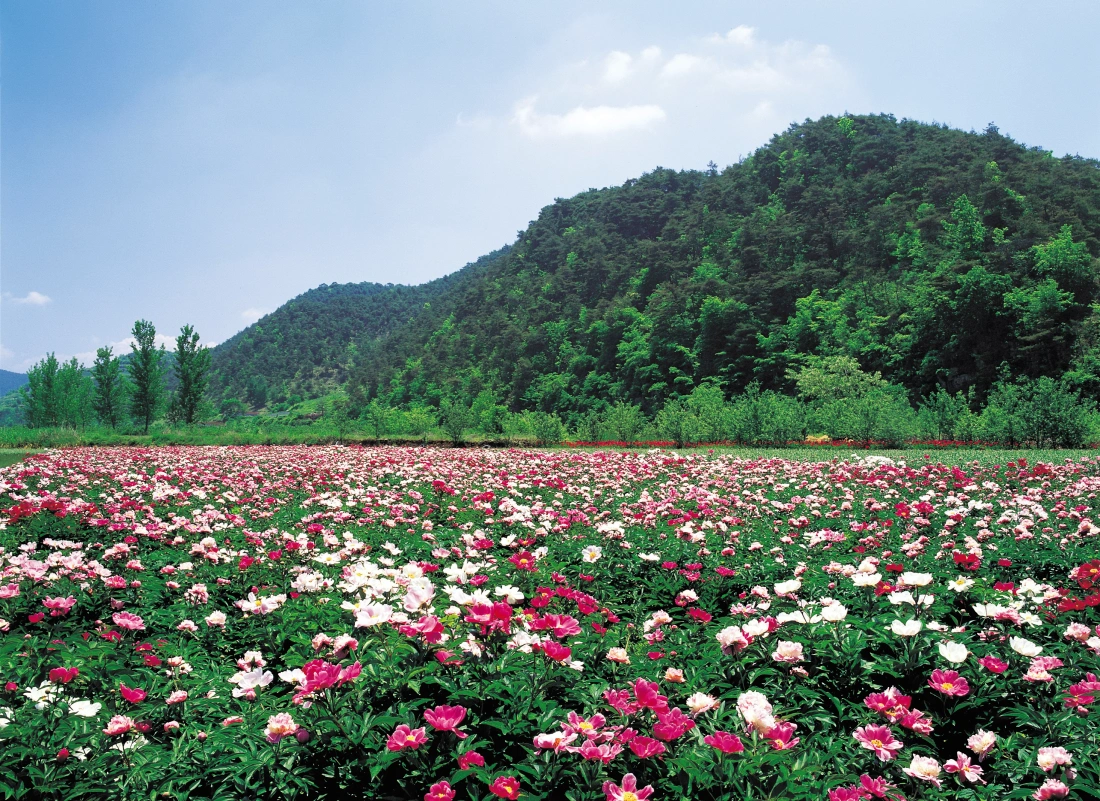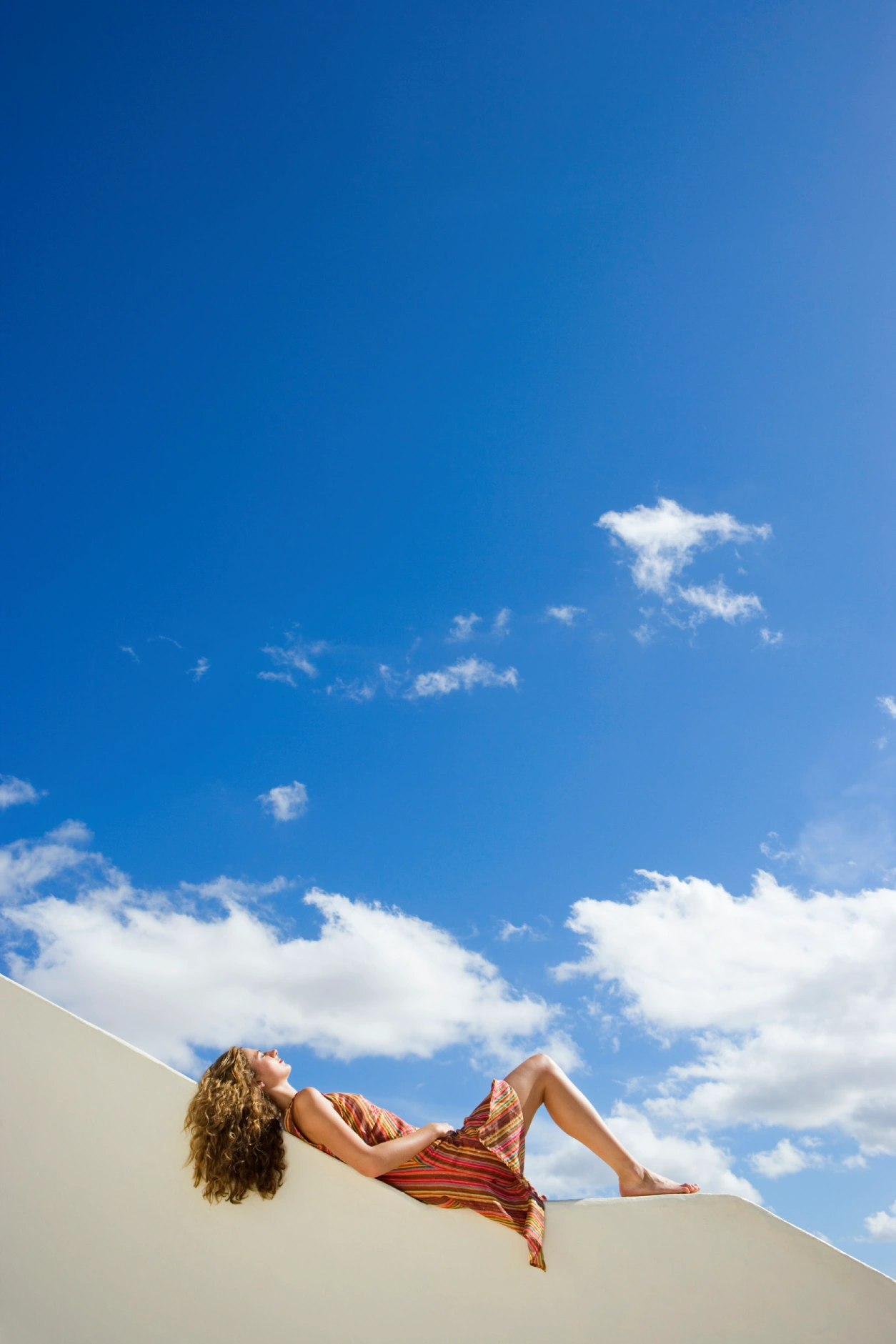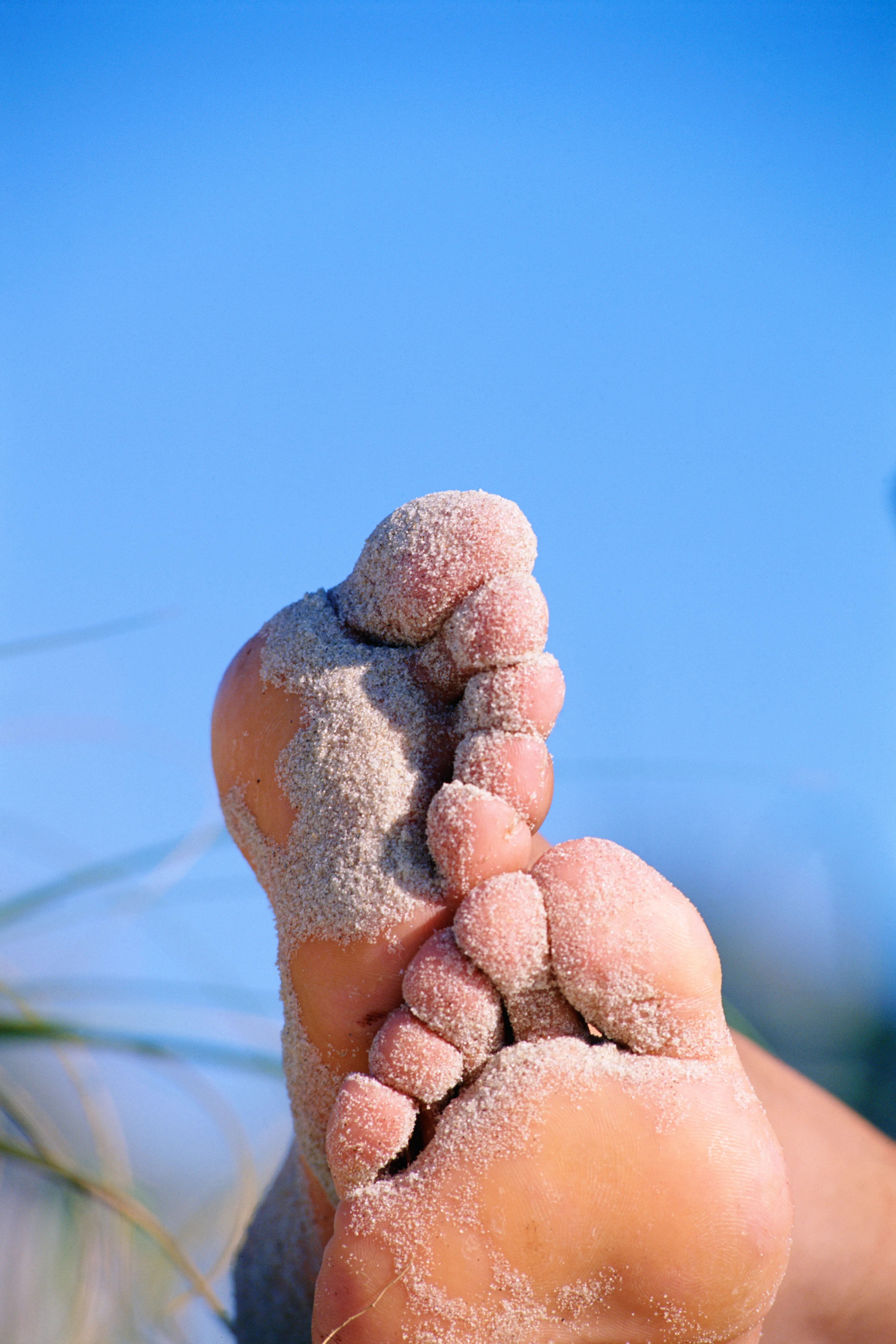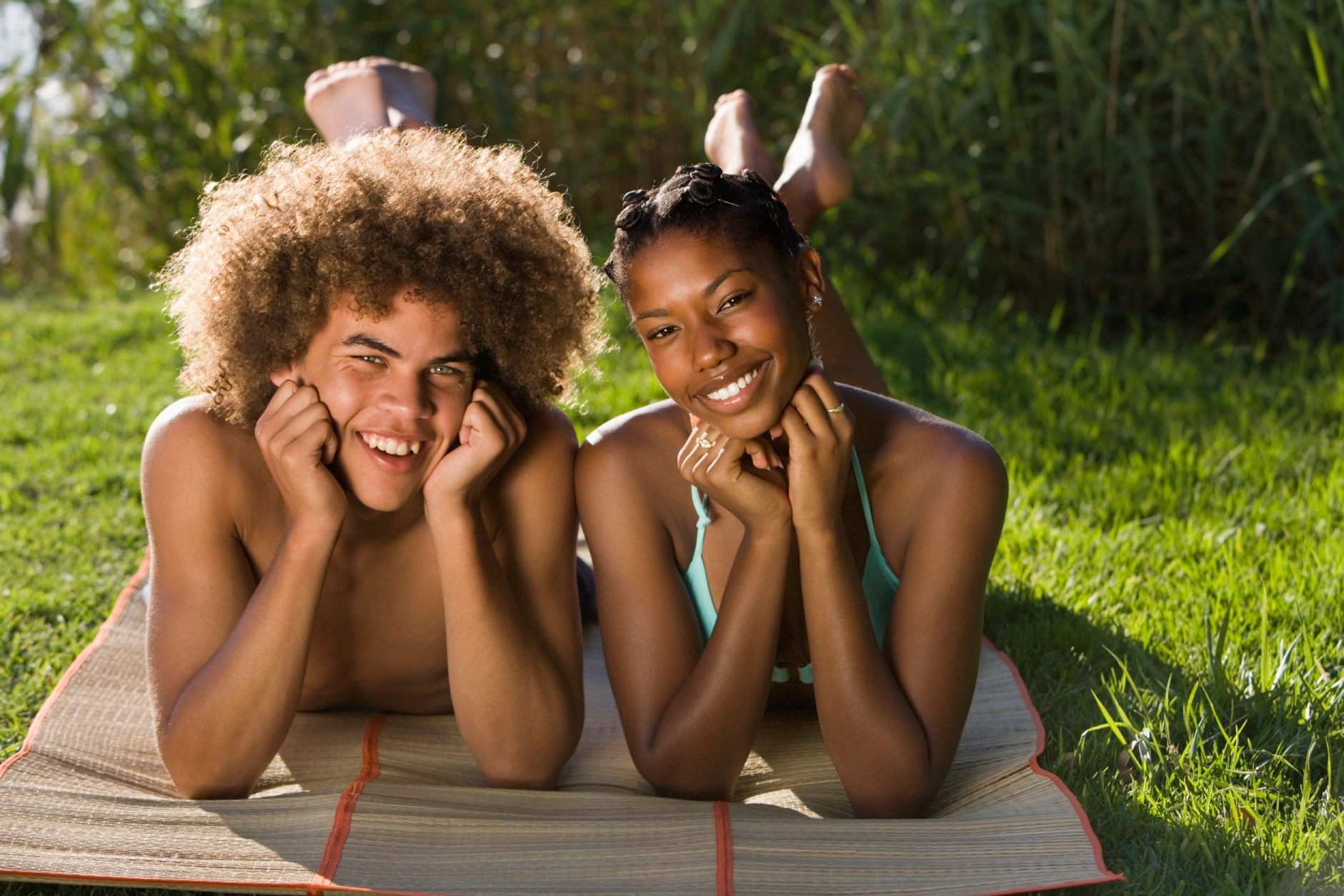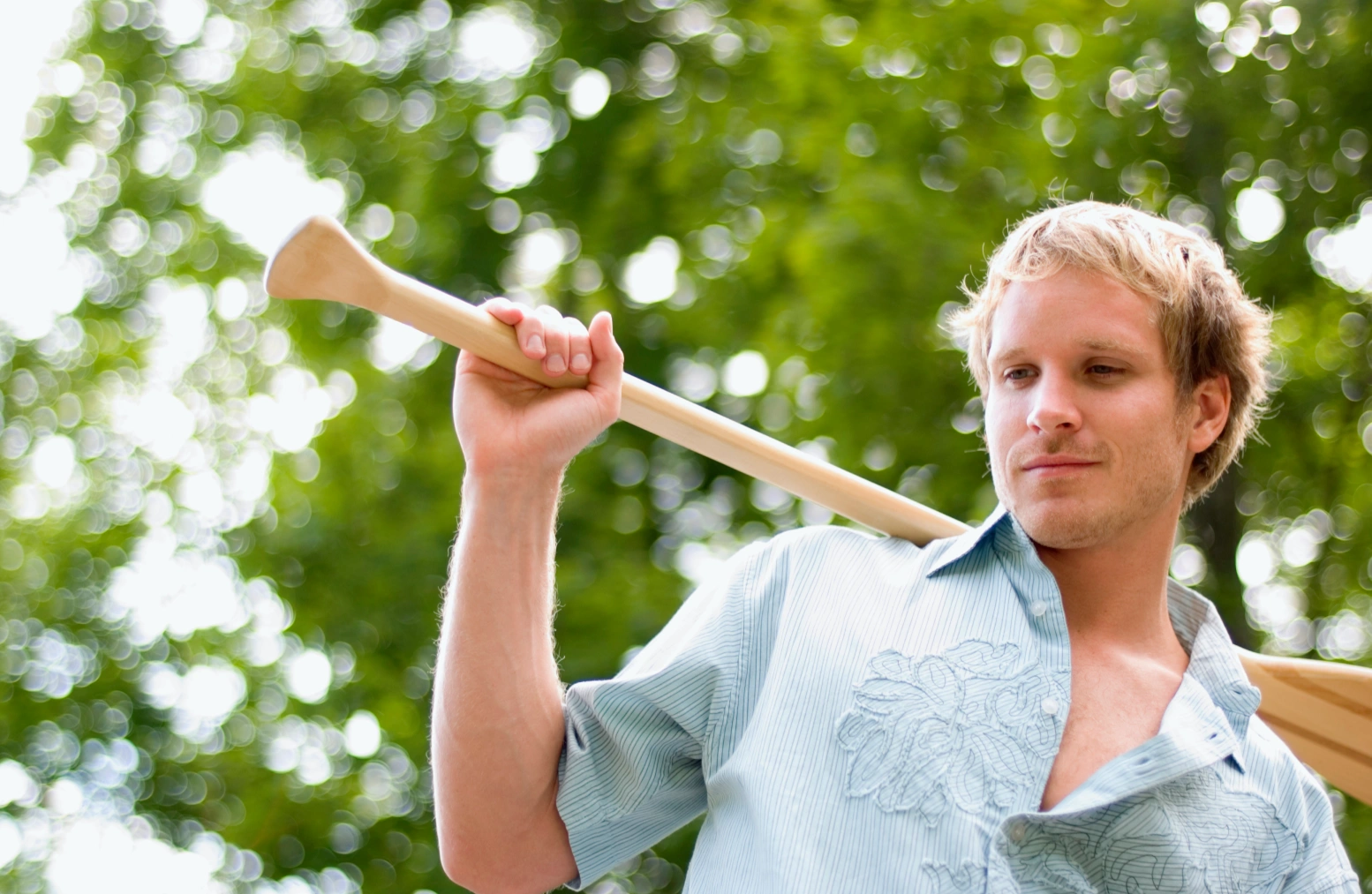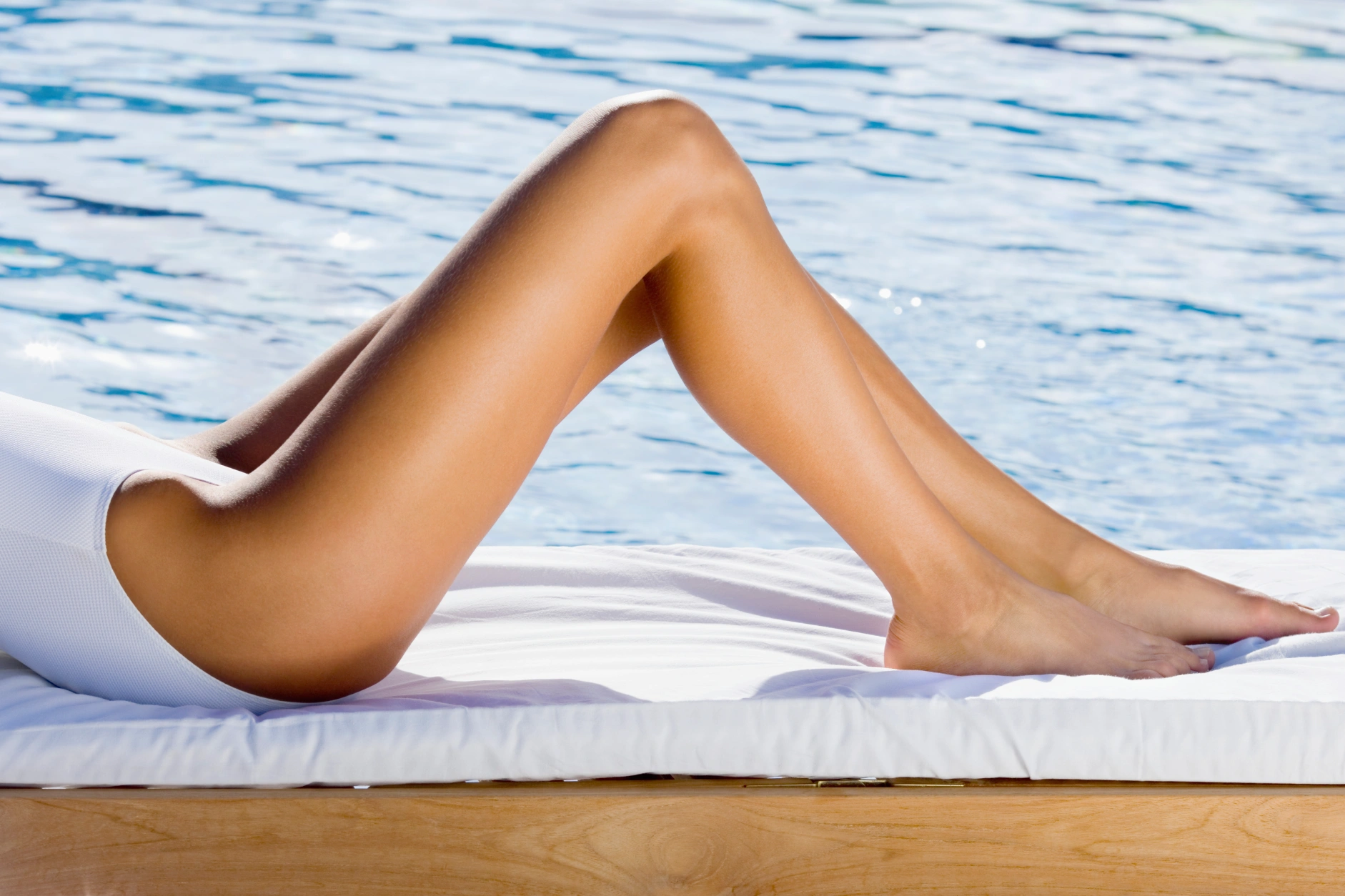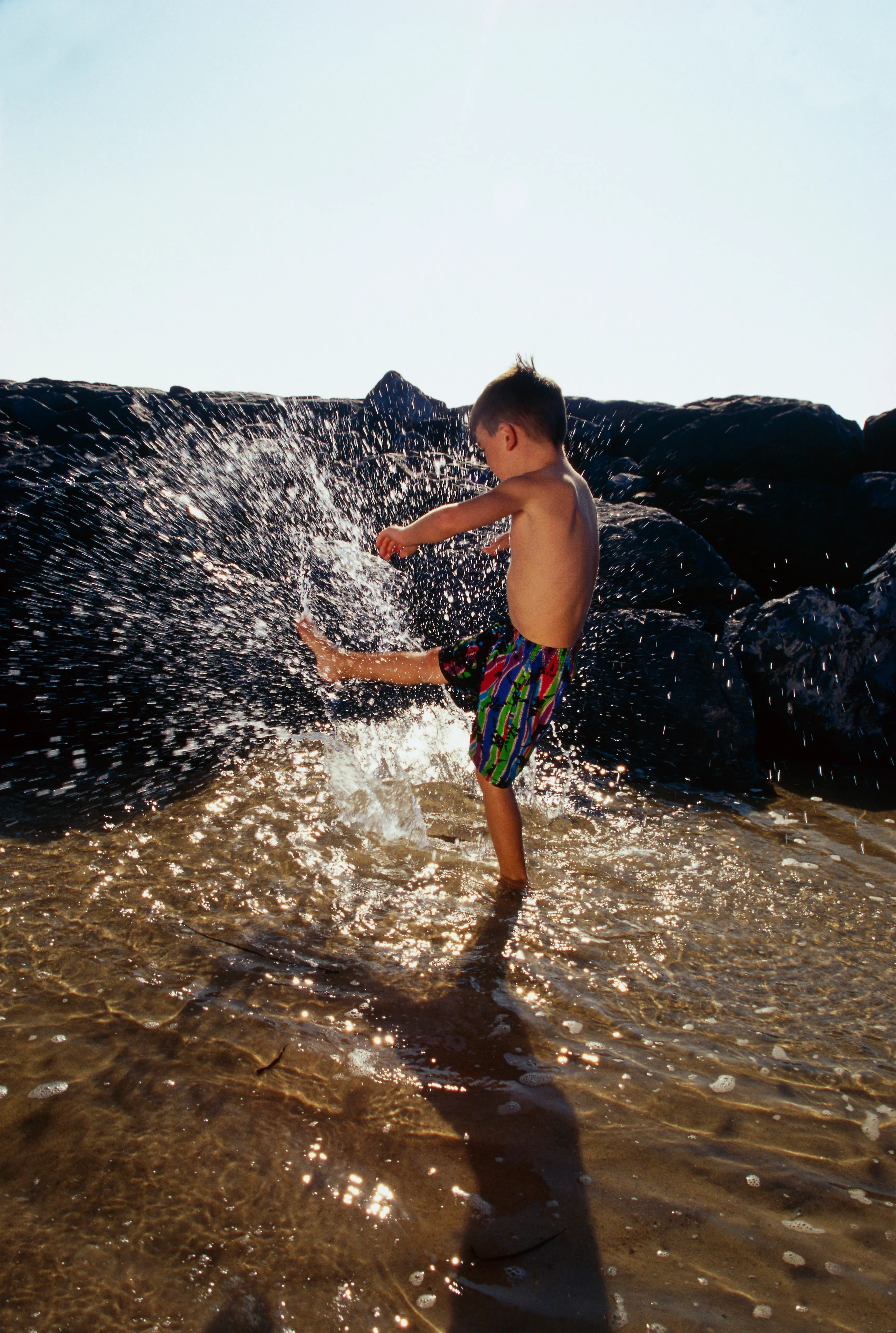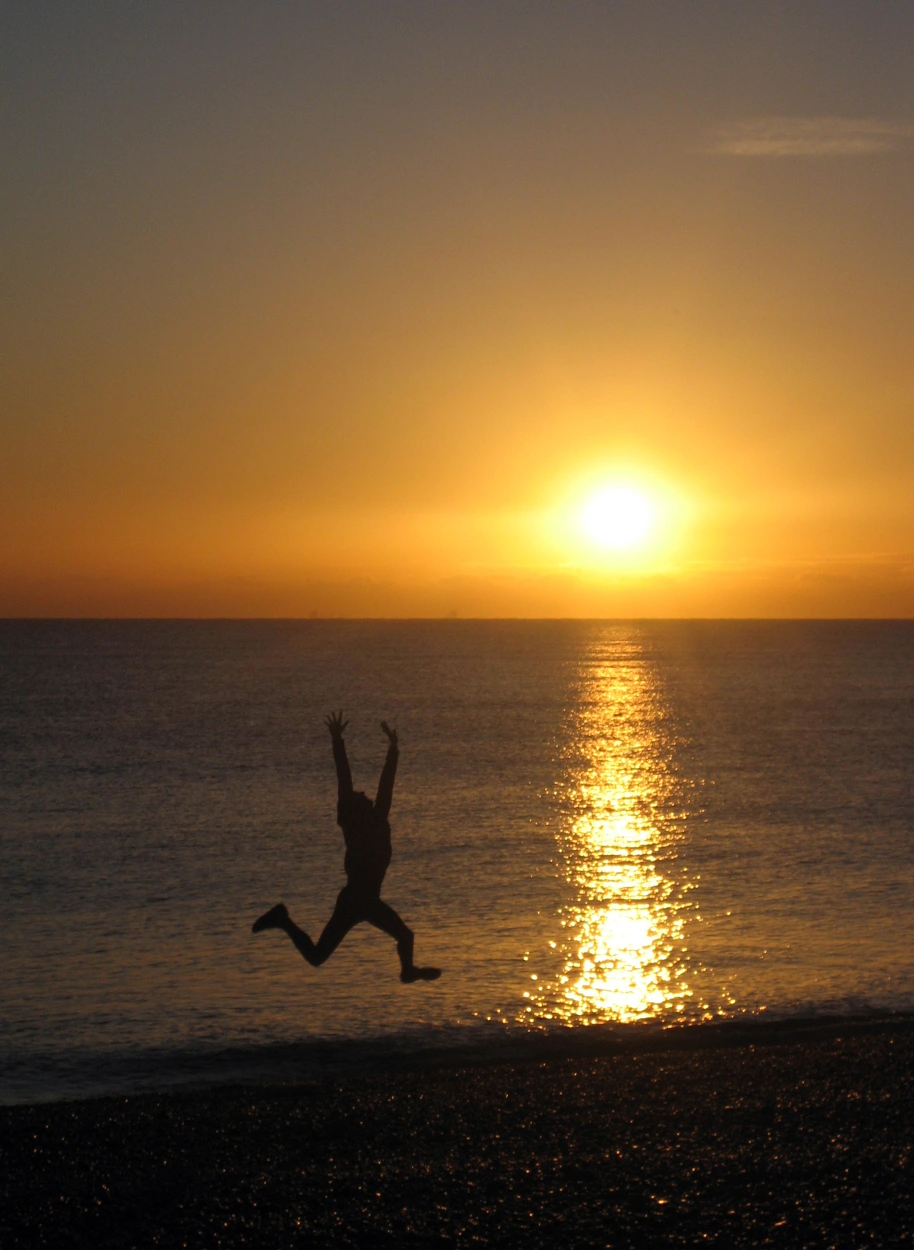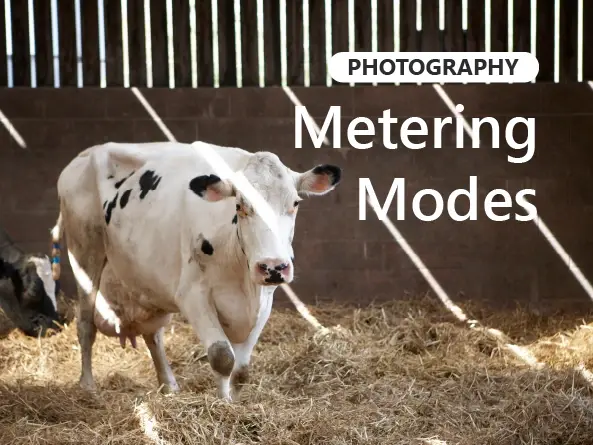10 Expert Tips for Summer Photography Sessions
- May 8
- 5 min read
Summer is one of the best times for photography thanks to long days, vibrant colors, and dynamic outdoor scenes. But it also presents challenges like intense light and high temperatures. In this article, we’ll explore ten essential tips for summer photography sessions, along with creative ideas to help you capture the season at its best.
Why Summer is Ideal for Photography
With long days, glowing sunsets, and vibrant landscapes, summer offers a rich canvas for photography. The abundance of natural light and the energy of outdoor environments create ideal conditions for capturing vivid, dynamic images. From the golden hour’s enchanting glow to cozy bonfire scenes after dark, the season brims with visual opportunities.
People also tend to be more active and social in the summer, making it easier to capture spontaneous, joyful moments. Whether you're working on a professional shoot or creating content for personal enjoyment, summer photography is both inspiring and fulfilling.
Navigating Common Challenges
Despite its appeal, summer does present unique challenges. Intense midday sunlight can wash out highlights, produce harsh shadows, and cause subjects to squint. High temperatures may overheat your equipment or quickly drain your energy. Sun glare and overly saturated greens can also pose difficulties.
By anticipating these obstacles, you can adapt your approach and transform potential setbacks into creative advantages.
Tips for Summer Photography Sessions
1. Embrace the Golden Hour
The golden hour—just before sunset—offers soft, warm, and diffused light that flatters skin tones and adds richness to colors. Harsh midday light often leads to squinting subjects and deep shadows, but golden hour gives you a broader dynamic range and more even exposure.
Pro Tip: Plan outdoor sessions around golden hour whenever possible. Use apps like PhotoPills or Golden Hour One to predict light direction and timing in any location. This can help you set up your compositions in advance.
2. Utilize Polarizing Filters
A polarizing filter is one of the most effective tools for summer photography. It reduces reflections on glass and water, deepens the color of blue skies, and increases overall contrast. This is especially helpful when shooting at beaches, lakes, or any reflective surface common in summer scenes.
Pro Tip: Rotate the filter while composing to find the angle where the glare disappears and the sky becomes deeper. Be cautious when using wide-angle lenses, as uneven polarization can occur in large sky areas.
3. Protect Your Equipment
Summer heat is tough on gear—batteries drain faster, sensors overheat, and condensation becomes a risk when moving between air-conditioned cars and hot outdoor areas. Sand and saltwater also pose a risk at beach locations.
Pro Tip: Store your camera in an insulated bag under shade. Keep microfiber cloths handy to wipe off sweat or mist, and use waterproof covers or rain sleeves if you’re near water. Carry spare batteries in a cooler bag or wrapped in fabric to help prolong charge retention.
4. Master Manual Settings
Bright light can confuse your camera’s meter, leading to overexposed highlights or underexposed shadows. Manual settings let you balance ISO, aperture, and shutter speed to maintain detail and exposure.
Pro Tip: On a sunny day, try the Sunny 16 Rule—use f/16, ISO 100, and a shutter speed of 1/100s as a starting point. Adjust from there based on your subject and scene. Use your histogram to verify correct exposure instead of relying on the preview screen alone.
5. Incorporate Reflectors and Diffusers
Lighting tools are essential when working under strong sun. A 5-in-1 reflector kit gives you multiple surfaces—white, silver, gold, black, and a diffuser—to control light precisely. Reflectors fill in shadows; diffusers soften direct sunlight.
Pro Tip: Use the white side for soft fill light on portraits, and the gold side to warm up skin tones during sunset. A handheld diffuser over your subject’s head can simulate shade, creating more flattering light instantly.
6. Choose Appropriate Wardrobe and Props
Wardrobe influences the tone of your images and your subject's comfort. Lightweight materials like cotton or linen keep your clients cool, while color palettes should reflect the season—think coral, seafoam, yellow, or classic white.
Pro Tip: Avoid overly dark clothing that absorbs heat and makes subjects sweat. Suggest props that add movement and fun—flowy scarves, sunglasses, floppy hats, or picnic baskets—especially for lifestyle or family sessions.
7. Scout Locations in Advance
Location knowledge makes or breaks a summer shoot. A scene might look great during the day, but poor angles or cluttered backgrounds can ruin your frame. Plus, you’ll want to find shaded areas for flexibility.
Pro Tip: Visit your location around the same time of day as your planned session. Look for natural reflectors like light-colored walls and water for added illumination. Also, identify escape routes or shaded spots in case the heat gets overwhelming.
Summer offers an abundance of lively and colorful settings:
Rooftop patios and bars
Hiking trails and national parks
Urban backdrops featuring murals or bustling markets
Blend natural and urban environments to keep your portfolio varied. Even simple locations like ice cream stands or drive-ins can evoke a charming, nostalgic feel.
8. Experiment with Creative Angles
Summer lends itself to creativity—vibrant skies, blooming fields, and energetic motion. Don’t settle for eye-level shots. Lower your camera to ground level to make subjects appear larger or to include summer elements like wildflowers, sand, or puddles in the foreground.
Pro Tip: Try shooting overhead from balconies or ladders for symmetrical beach towels, pool floats, or picnic layouts. Play with tilt angles to evoke a casual, sun-drenched mood.
9. Stay Hydrated and Prioritize Safety
It’s easy to get lost in a shoot and forget the toll heat can take. Dehydration can cause headaches, fatigue, or dizziness, compromising your creativity and concentration. Sunburn or heatstroke is even more dangerous during long outdoor sessions.
Pro Tip: Pack water bottles, sunblock, and light snacks. Wear moisture-wicking clothes and breathable shoes. If you’re working with clients, schedule hydration breaks and bring a foldable shade or umbrella to protect them between setups.
10. Plan for Post-Processing
Even when you nail exposure, bright environments often benefit from light post-production tweaks. Shadows might need lifting, highlights could need recovery, and warm tones may require subtle adjustments.
Pro Tip: Always shoot in RAW for maximum editing flexibility. Use Lightroom or Capture One to apply summer-inspired presets that enhance vibrancy without over-editing. Consider softening highlights and tweaking white balance to cool down overly warm tones from strong sun.
Frequently Asked Questions
What are the best hours for summer photography?
Golden hours—late afternoons—offer the most flattering light. Midday is best avoided unless using specific lighting techniques.
How should I shoot at the beach?
Use a polarizing filter to cut glare, set a fast shutter speed to capture motion, and keep horizons level for a balanced composition.
How can I protect my camera from the heat?
Keep it shaded and padded, avoid rapid temperature changes, and carry extra batteries. Lens hoods and UV filters also help protect your gear.
Can I use artificial lighting outdoors?
Yes. Reflectors, diffusers, and portable strobes can help balance harsh sunlight and fill shadows, blending seamlessly with natural light.
Summer holds a special kind of magic—warm light, vivid colors, and lively moments. With the right preparation and creative approach, you can capture that essence beautifully.
By planning your sessions strategically, protecting your equipment, managing lighting, and experimenting with ideas, your summer portfolio will radiate with joy, warmth, and unforgettable imagery.

